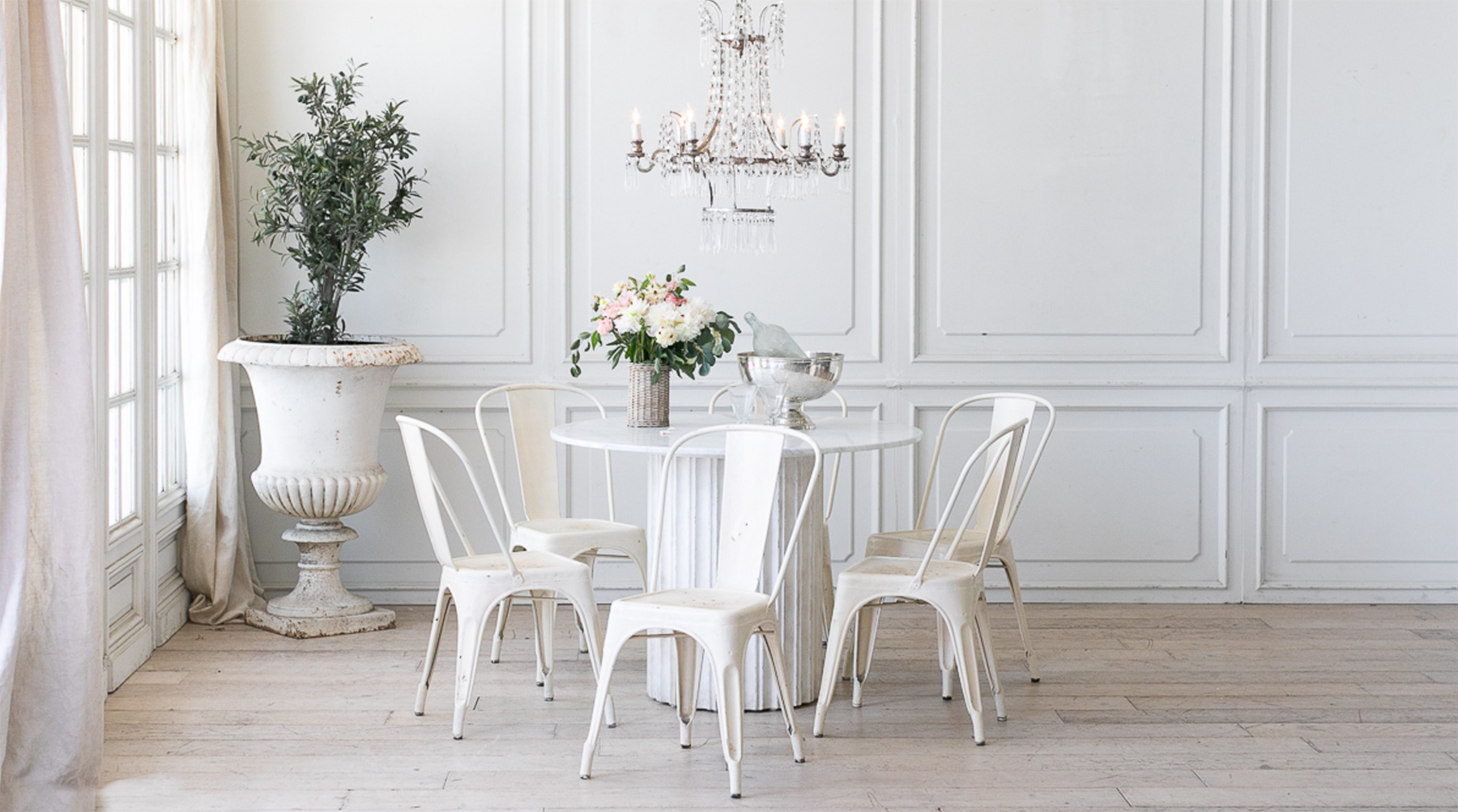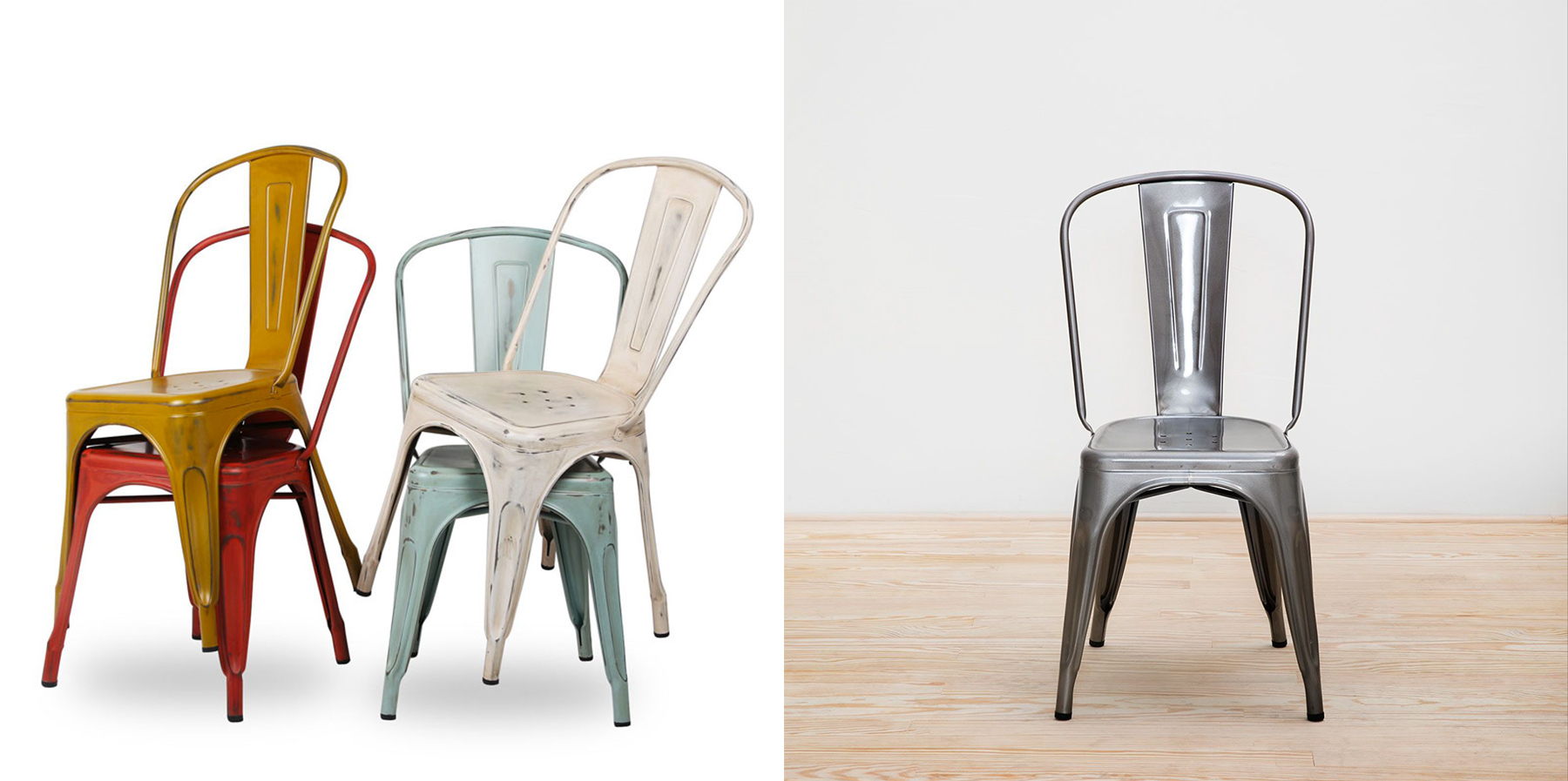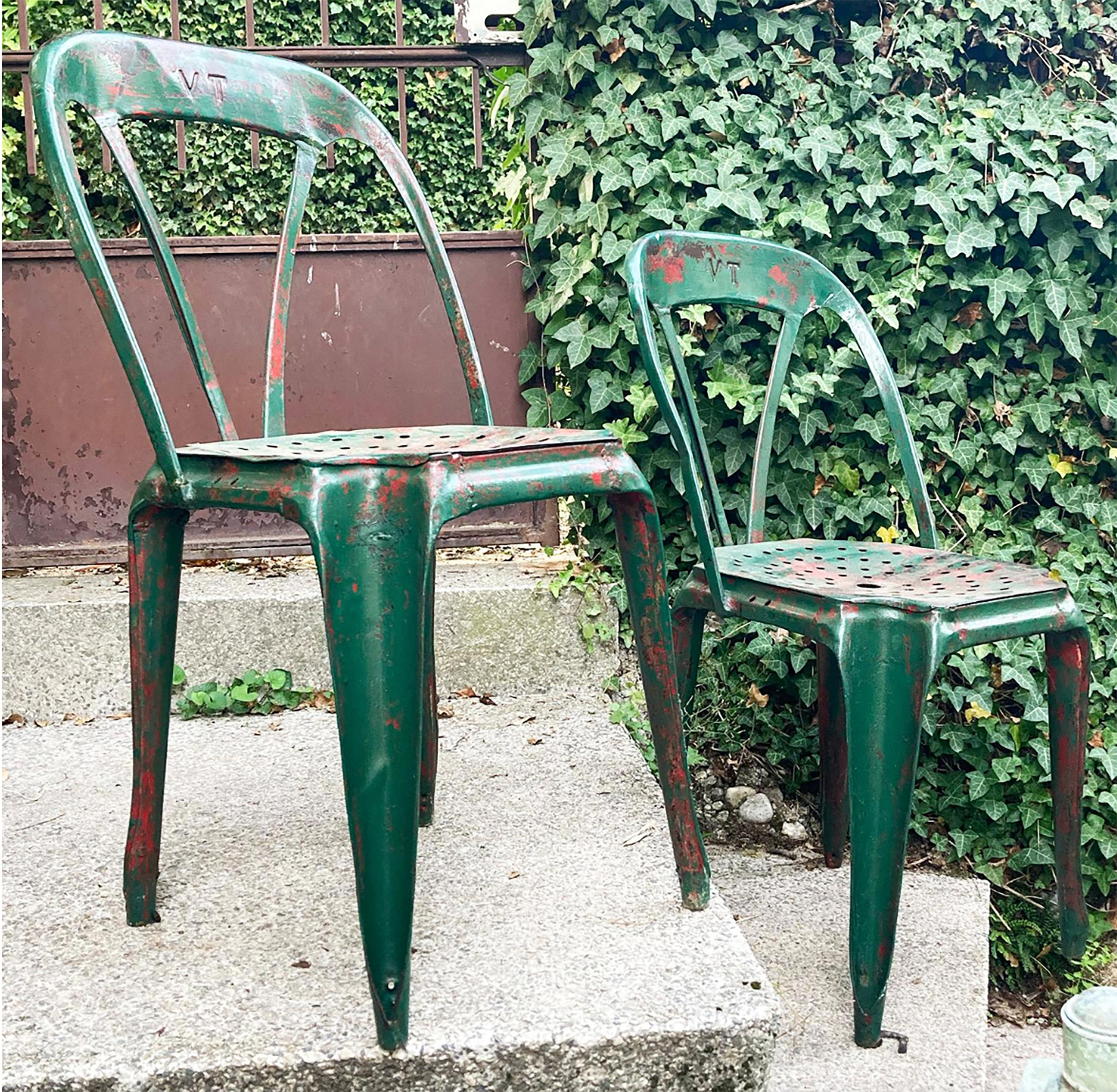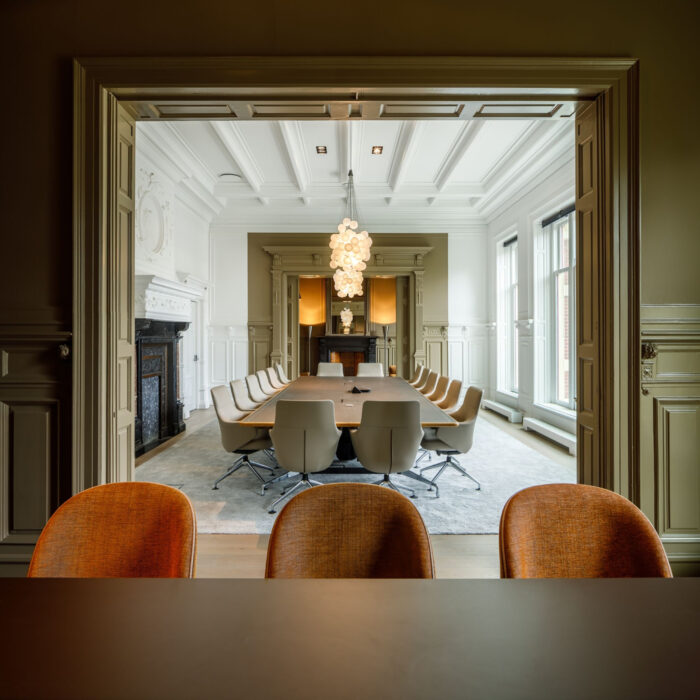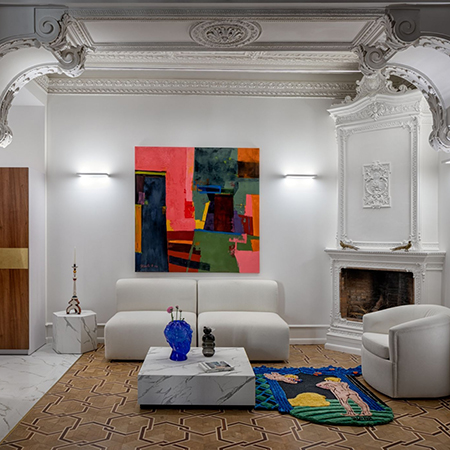A chair for everything
La Tolix chair has become a hallmark of the vintage. Its easily recognizable design cannot be missing in airy spaces. shabby chic or industrial style But, how is it possible that, after years of oblivion, this design from the 30s was modest and became so successful in its entirety? XXI century? Everything has its explanation.
The impact of shabby chic
The XNUMXst century began in full swing of style shabby chic, mesmerizing the staff with its casual and somewhat ramshackle air. In fact, “shabby” means worn out, which advances the philosophy of this aesthetic current (born, according to some in Great Britain, and others, in the United States), which finds beauty in the old things and worn. The promoter of this aesthetic was the English interior designer Rachel Ashwell, that he found in the cottage from the British countryside an inspirational vein that he revived with a new prism, at the end of the 80s. Thus, he rescued from the rickety cupboards, the mismatched porcelain tableware, the embroidered thread sheets and tablecloths, the soft velvet sofas, the textiles with Liberty patterns and endless old or vintage designs, that adorned soft, pastel and bright white colors, which gave a much more rejuvenated appearance to the old furniture and outdated decorations. Of course, she was right on target.
the industrial style
The other movement that emerged with force at the end of the XNUMXth century was a renewed industrial style, that introduced into current aesthetics elements typical of the New York factories and offices from the 40s and 50s, with a nostalgic touch due to metal furniture, brick walls, exposed pipes and worn wood. The conjunction of these two currents, the shabby and the industrial, It generated a particularly interesting taste for vintage and old things, because in some way the ultra-modern forms and materials that had reigned in the last quarter of a century were left aside, to turn our eyes towards the aesthetics of the first half of the century, the premodern era.
Recycling in times of crisis
Without a doubt, this reversal tinged with certainty romanticismo Because of that "all past eras were better", it worked brilliantly in the first decades of the century, hit by the crises of 2008. Innovation and excess, impossible lines and futuristic shapes gave way to a recent classicism, who opted for recuperación of lifelong furniture. Dusting off old cupboards, restoring old chairs, recovering threadbare carpets was a movement that required a lot of work but, in times of crisis, mobilized society in search of decorative solutions that did not involve spending on new objects and furniture.
A chair with history
It is, at this moment, when rediscover the Tolix chair as an iconic piece that materializes vintage, shabby and industrial style. And the chair also has its ancient history.
Xavier Pauchard (Le Morvan, France, 1880-1948) was the young entrepreneur who designed the first Tolix chair, after years of research on the manufacturing process. galvanization. Despite growing up in a predominantly logging area, his father and grandfather were dedicated to zinc metalworking. From a young age he experimented in search of processes that prevented rust through galvanizing, which consists of submerging iron or steel in molten zinc to create a outer layer very resistant, it is almost totally immune to degradation. From then on, a stage of manufacturing began. metal chairs, stools and tables, with his own company, which he would first call X Pauchard, and shortly after, in 1930 Tolix. In 1937 he designed the Retro American A o Tolix and, based on its structure, he developed a whole typology of chairs that became a collection.
An outdoor solution
The success was immediate and sowed restaurants and terraces in Paris of its design. The advantages were obvious: light, resistant and functional for this type of spaces. The orifices of the seat allowed water to evacuate and better resist the elements.
Over time, Pauchard made several modifications, among them, the most important, being able stack up to 25 chairs, making the structure finer. This new design was a boost that went beyond the cafes of Paris, to be installed in offices, factories and schools around the world.
Today he enjoys prestige to be one of the best-selling chairs in the world and to be part of the permanent collection of the MOMA from Nueva Youk or the Museum Pompidou from Paris.
The present and the past
The company remained in the hands of the Pauchard family until 2004, when it was acquired by the designer Chantal Androit. With the collaboration of the designers Jean-François Dingjian and Eloi Chafaï of Normal Studio, its objective has been to maintain the essence of the design, but with new models (tables, benches, stools, etc.), thus achieving the permanence of the Tolix brand and its expansion.
However, Pauchard's design is not free from doubts, since in the 20s, before the appearance of chair A, another Frenchman, Joseph Mathieu, I created a chair, also made of metal and stackable, with a suspiciously similar name. Multipl's, which we show you in the image above. What do you think? The controversy is served.
The Tolix chair in work environments
The Tolix chair is, without a doubt, not a work chair It could be classified as a “social” chair, to be shared with other people. It has been widely used as dining chair, both interior and exterior. However, in modern offices we frequently find them in social spaces –dining areas, meeting points, cafeterias, etc. – as well as around meeting tables. Its variety of shapes (high and low stools, chairs with and without arms) and colorful finishes make this chair an icon of design, especially in industrial style offices, where they never fail.
Photos: OfficesSnapshots
